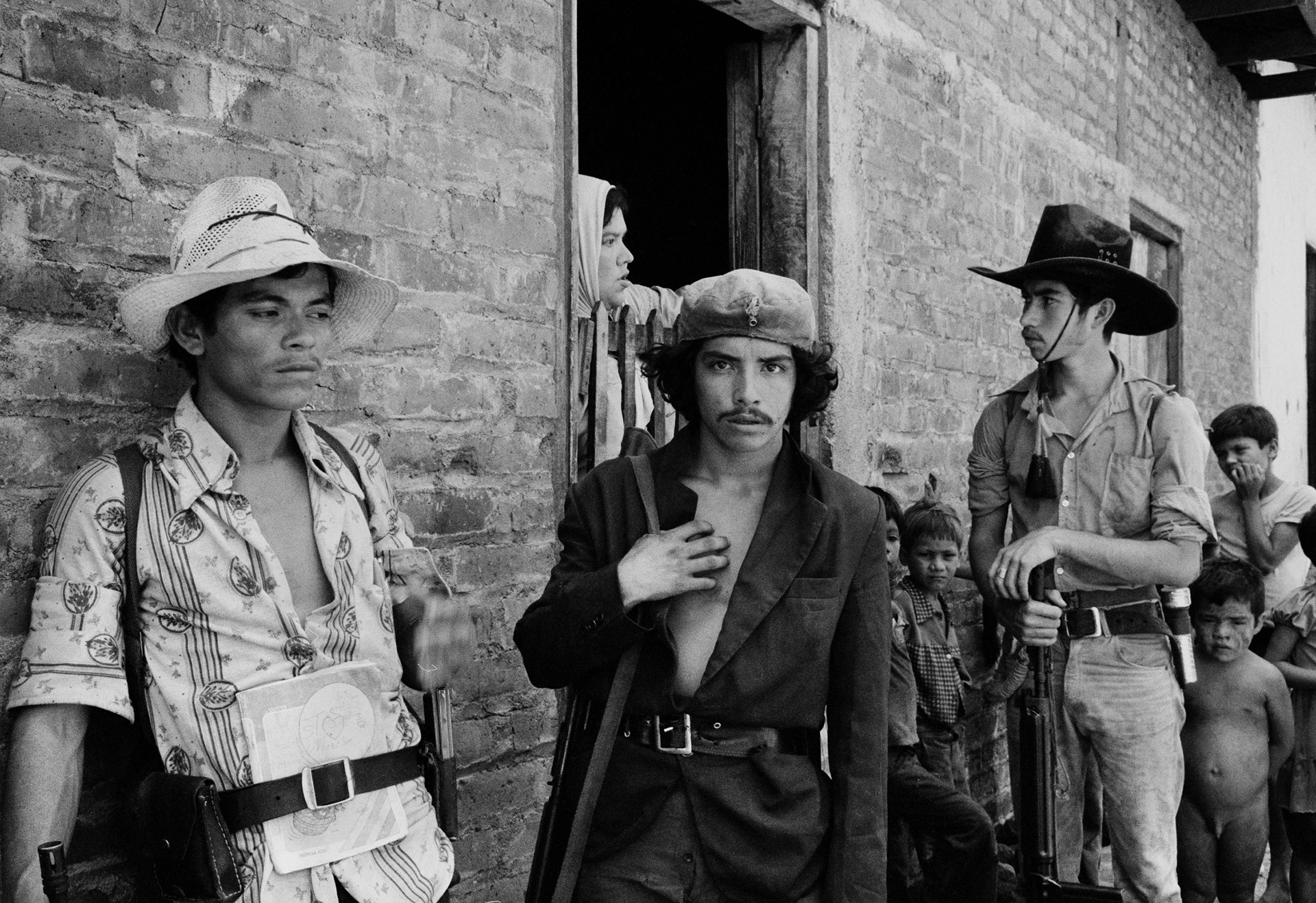In a forthcoming book, photojournalist Robert Nickelsberg revisits his archive of El Salvador’s civil war to shed new light on the conflict and its consequences.

You’re getting blind.
Don’t miss the best of visual arts. Subscribe for $9 per month or $108 $90 per year.
Already suscribed ?
Read more: The Photographic Archives of a Dictator



